The Condensed Version Energy Macro Report Supply Chain Outlook
The Condensed Version Energy Macro Report Supply Chain Outlook
Source: https://www.rystadenergy.com/
Usually dispatched in 2 to 3 days
Usually dispatched in 2 to 3 days
Category:
Energy
The battle to be an established supplier in the low-carbon supply chain has been a tough one, made harder through intense competition, costs and inflation, supply surplus, and many other factors. A simple indicator of the health of a supply chain is the revenue development. As seen from the figure below, solar revenues have surged a great deal compared to just four years ago, but are now slowing down as oversupply in multiple sections of the supply chain have pulled prices down.
Only logged in customers who have purchased this product may leave a review.
Related products
Wastewater Management Fact Sheet Energy Conservation
INTRODUCTION
Continual increases in energy costs in the United States affect wastewater treatment plants (WWTPs) just as they do other facilities. Energy costs can account for 30 percent of the total op[1]eration and maintenance (O&M) costs of WWTPs (Carns 2005), and WWTPs account for approximately 3 percent of the electric load in the United States. Furthermore, as populations grow and environmental requirements become more stringent, demand for electricity at such plants is expected to grow by approximately 20 percent over the next 15 years (Carns 2005). Energy conservation is thus an issue of increas[1]ing importance to WWTPs. This fact sheet describes possible practices that can be imple[1]mented to conserve energy at a WWTP.
Wastewater Management Fact Sheet Energy Conservation
INTRODUCTION
Continual increases in energy costs in the United States affect wastewater treatment plants (WWTPs) just as they do other facilities. Energy costs can account for 30 percent of the total op[1]eration and maintenance (O&M) costs of WWTPs (Carns 2005), and WWTPs account for approximately 3 percent of the electric load in the United States. Furthermore, as populations grow and environmental requirements become more stringent, demand for electricity at such plants is expected to grow by approximately 20 percent over the next 15 years (Carns 2005). Energy conservation is thus an issue of increas[1]ing importance to WWTPs. This fact sheet describes possible practices that can be imple[1]mented to conserve energy at a WWTP.
Water and Wastewater Energy Best Practice Guidebook
Executive Summary
The objective of this Water and Wastewater Industry Energy Best Practice Guidebook is to provide information and resources to assist water/wastewater management and staff in identifying and implementing opportunities to reduce energy use. The information in this guidebook will help managers, administrators and/or operators to identify opportunities to significantly reduce energy requirements at their facilities without affecting production. It also provides the user with information on the value and need for proactive energy management with water and wastewater systems.
Contents include:
- Benchmarking results from selected Wisconsin wastewater facilities
- Best practice approaches to on-going management of energy use
- Documentation of technical best practices for planning, designing and operating water/wastewater system treatment and for conveyance and distribution
- Best practice funding and financing opportunities
- References for further opportunities in water/wastewater system energy efficiency and power demand reduction
Water and Wastewater Energy Best Practice Guidebook
Executive Summary
The objective of this Water and Wastewater Industry Energy Best Practice Guidebook is to provide information and resources to assist water/wastewater management and staff in identifying and implementing opportunities to reduce energy use. The information in this guidebook will help managers, administrators and/or operators to identify opportunities to significantly reduce energy requirements at their facilities without affecting production. It also provides the user with information on the value and need for proactive energy management with water and wastewater systems.
Contents include:
- Benchmarking results from selected Wisconsin wastewater facilities
- Best practice approaches to on-going management of energy use
- Documentation of technical best practices for planning, designing and operating water/wastewater system treatment and for conveyance and distribution
- Best practice funding and financing opportunities
- References for further opportunities in water/wastewater system energy efficiency and power demand reduction



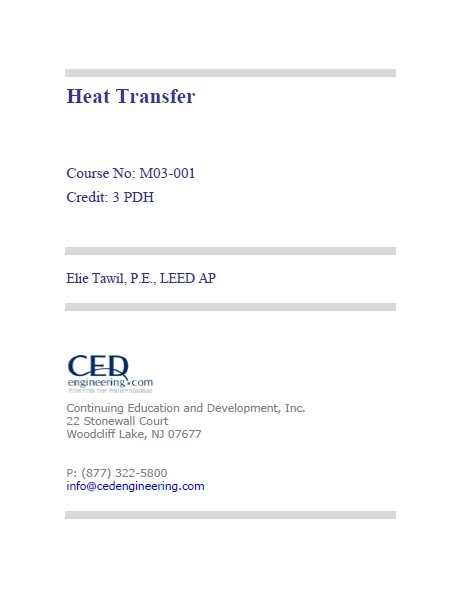
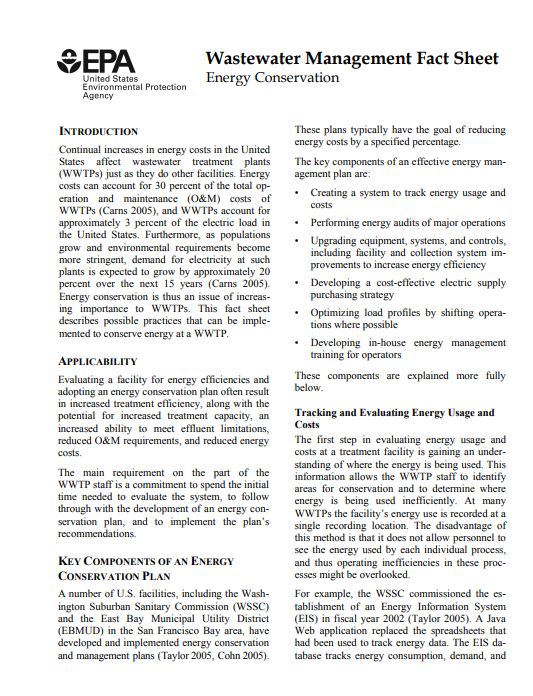
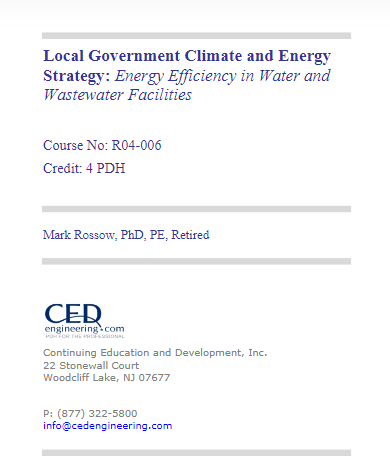
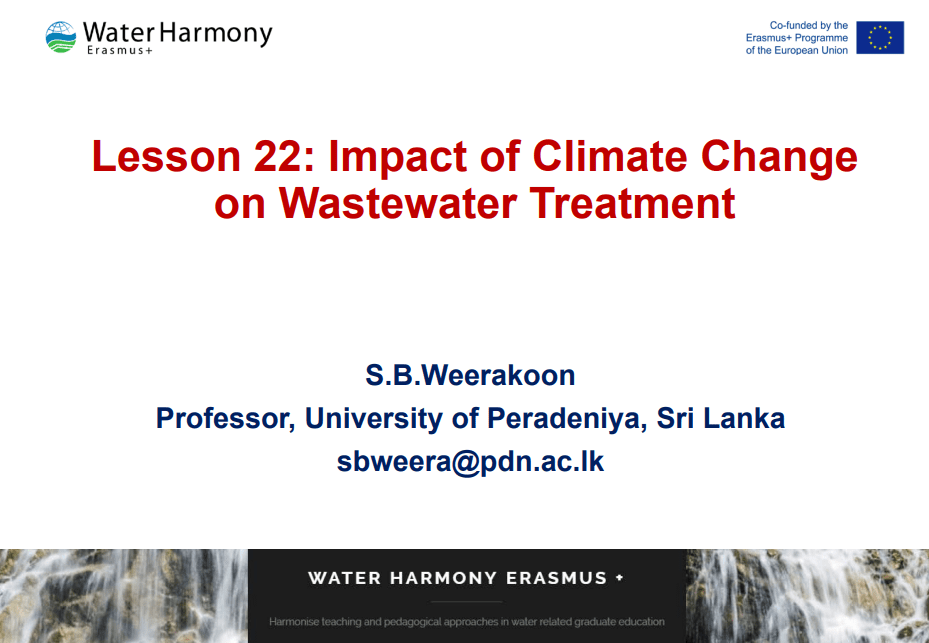
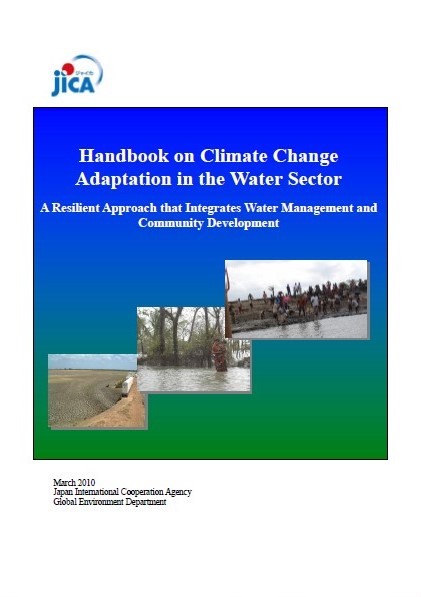
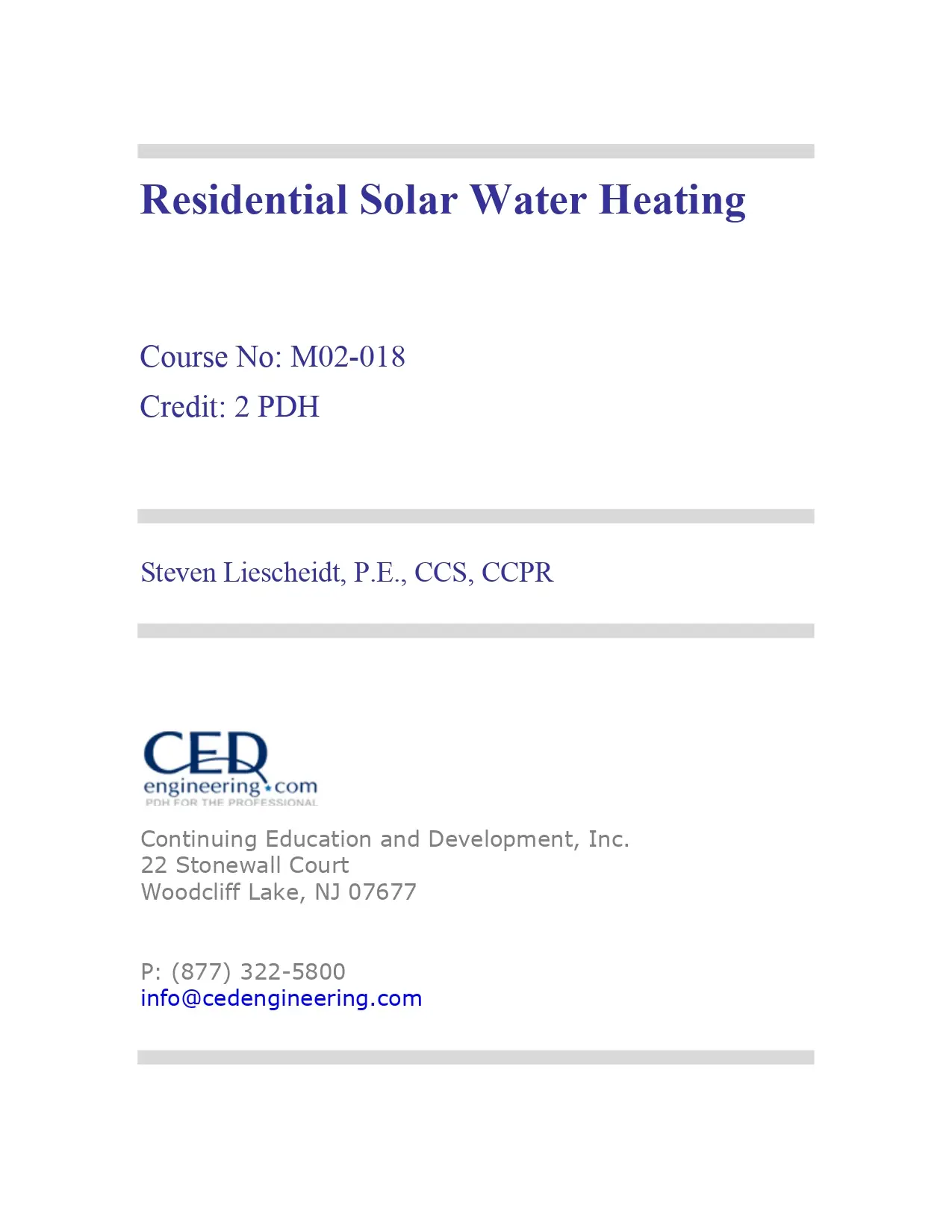


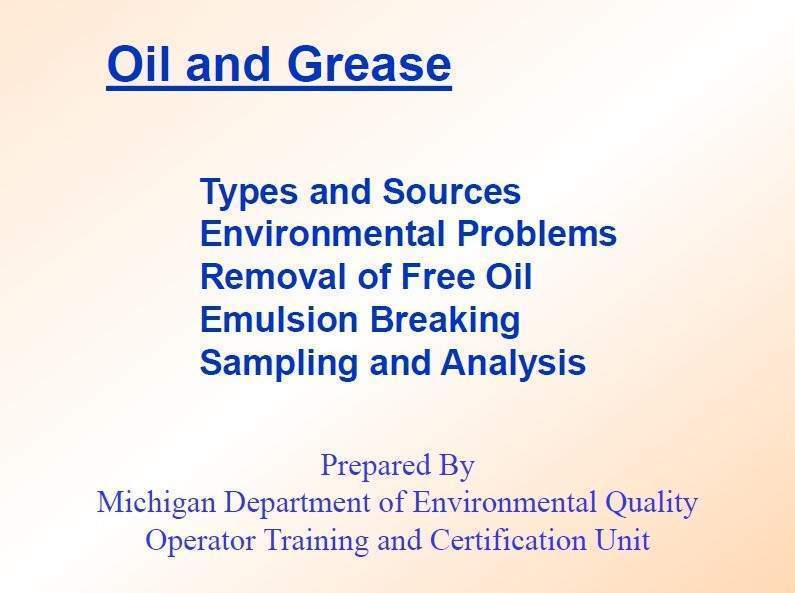

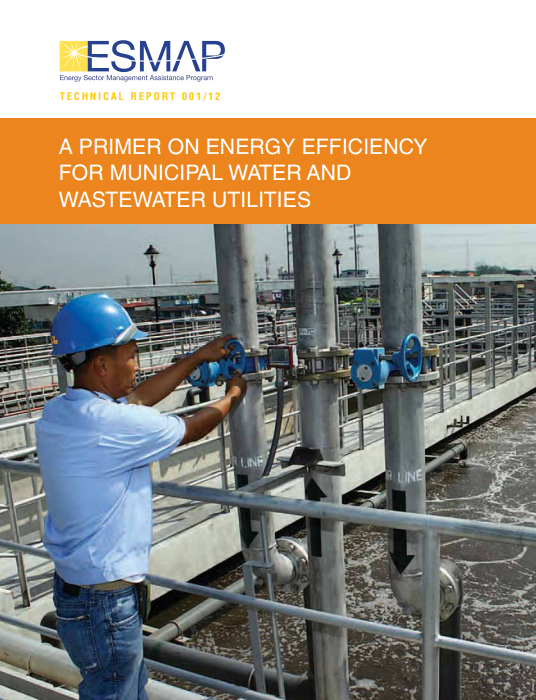

Reviews
There are no reviews yet.